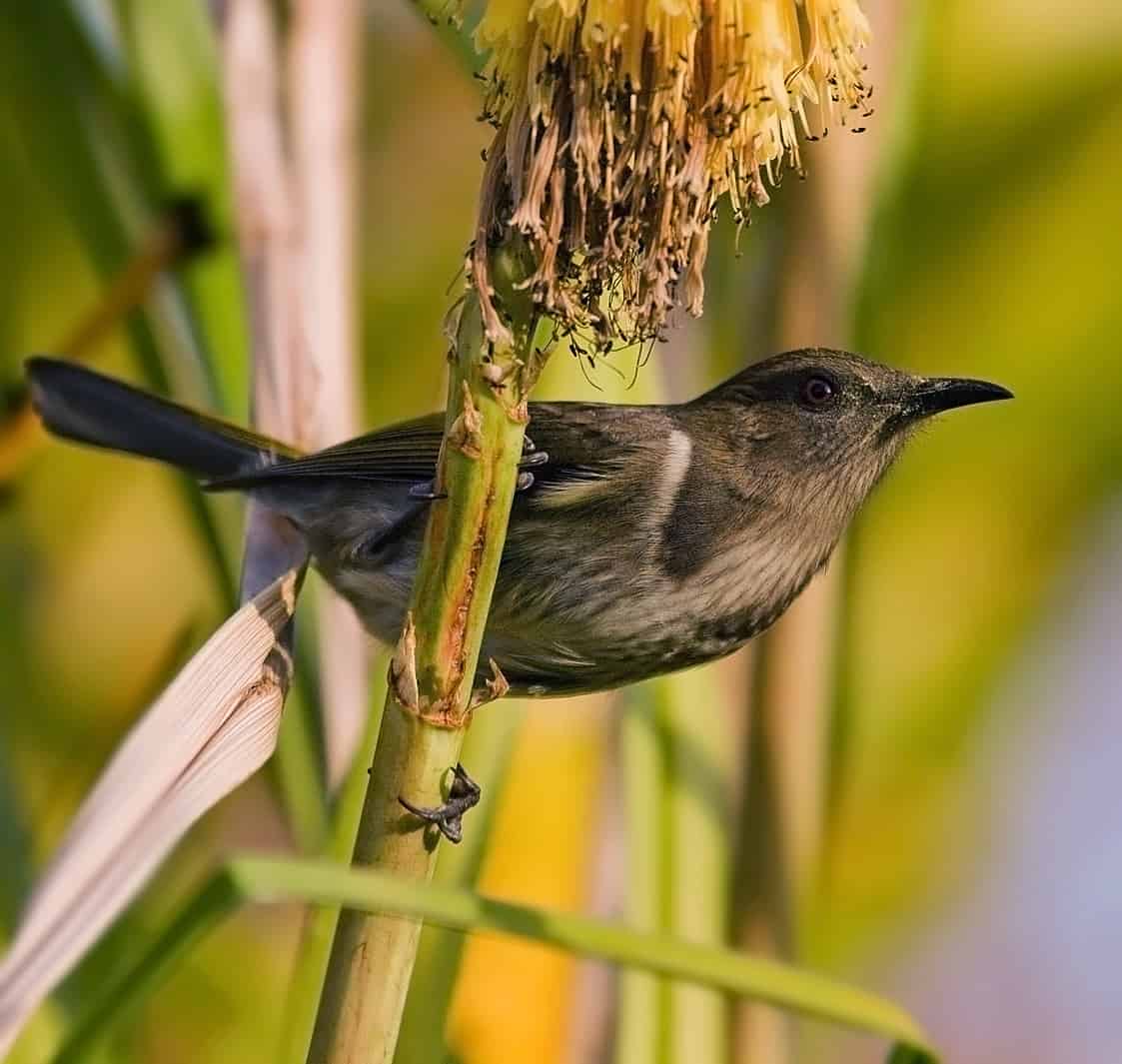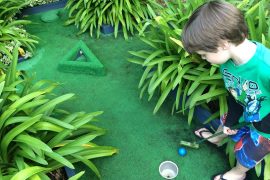Feathers and Song: A Parents’ Guide to the Enchanting Honeyeaters
Introduction to Honeyeaters
Welcome to the sweet world of honeyeaters, dear parents and nature enthusiasts! ? If you’re looking to broaden your family’s horizons and dive into the delightful hobby of birdwatching, you’re in for a treat. Honeyeaters, belonging to the family Meliphagidae, are among the most charming and intriguing feathered friends you can introduce to your little ones. Not only are these birds a pleasure to observe, but they also hold a special place in the ecosystem. Let’s embark on a feather-filled journey to learn more about these nectar-loving creatures!
Getting to Know Your Honeyeaters
Honeyeaters are primarily found in Australia and New Guinea, with some species also present in the Pacific islands. They come in a fabulous array of shapes, sizes, and colors, making every birdwatching experience unique and exciting. These birds are known for their specialized brush-tipped tongues, ideal for sipping nectar from flowers. But that’s not all! They also play a crucial role in pollination, making them not just beautiful to look at, but also vital to the health of their habitats. In this guide, we’ll explore the different types of honeyeaters you can encounter, their behaviors, and the best places to spot them.
Where to Find Honeyeaters
Thinking of setting out on a honeyeater adventure? Fantastic! These birds can be found in a variety of habitats, from coastal heaths and mangroves to mountain forests and urban gardens. The key is to look for areas abundant in flowering plants, as these are honeyeaters’ dining rooms. You’ll likely hear their delightful calls before you see them, so keep your ears peeled for their sweet serenades. We’ll provide you with tips on recognizing honeyeater calls, as well as a rundown of top birdwatching spots in Australia and beyond.
Honeyeater Behavior: What to Watch For
Observing honeyeaters can be as fascinating as it is educational. These birds exhibit a variety of behaviors that can captivate both you and your children. From their acrobatic flights to their meticulous grooming, honeyeaters have a lot to teach us about adaptation and survival. In this guide, we’ll cover their foraging habits, social interactions, and nesting practices. You’ll learn how to spot a honeyeater in action and understand what they’re up to, whether they’re feasting on nectar or engaging in an aerial display to impress a mate!
Attracting Honeyeaters to Your Garden
What if we told you that you don’t always have to venture far to enjoy the company of honeyeaters? With the right approach, you can attract these nectar-loving birds right to your doorstep! Transforming your garden into a honeyeater haven is not just rewarding; it also supports local biodiversity. We’ll share tips on selecting the best plants to attract honeyeaters, setting up bird baths, and creating a safe haven for these birds to thrive. Imagine the joy of watching honeyeaters visit your garden with your little ones—it’s truly a magical experience.

Exploring Honeyeaters: A Guide for Bird-Loving Parents
Feathers and Song: A Parents’ Guide to the Enchanting Honeyeaters
Introduction to Honeyeaters
Welcome to the sweet world of honeyeaters, dear parents and nature enthusiasts! ? If you’re looking to broaden your family’s horizons and dive into the delightful hobby of birdwatching, you’re in for a treat. Honeyeaters, belonging to the family Meliphagidae, are among the most charming and intriguing feathered friends you can introduce to your little ones. Not only are these birds a pleasure to observe, but they also hold a special place in the ecosystem. Let’s embark on a feather-filled journey to learn more about these nectar-loving creatures!
Getting to Know Your Honeyeaters
Honeyeaters are primarily found in Australia and New Guinea, with some species also present in the Pacific islands. They come in a fabulous array of shapes, sizes, and colors, making every birdwatching experience unique and exciting. These birds are known for their specialized brush-tipped tongues, ideal for sipping nectar from flowers. But that’s not all! They also play a crucial role in pollination, making them not just beautiful to look at, but also vital to the health of their habitats. In this guide, we’ll explore the different types of honeyeaters you can encounter, their behaviors, and the best places to spot them.
Where to Find Honeyeaters
Thinking of setting out on a honeyeater adventure? Fantastic! These birds can be found in a variety of habitats, from coastal heaths and mangroves to mountain forests and urban gardens. The key is to look for areas abundant in flowering plants, as these are honeyeaters’ dining rooms. You’ll likely hear their delightful calls before you see them, so keep your ears peeled for their sweet serenades. We’ll provide you with tips on recognizing honeyeater calls, as well as a rundown of top birdwatching spots in Australia and beyond.
Honeyeater Behavior: What to Watch For
Observing honeyeaters can be as fascinating as it is educational. These birds exhibit a variety of behaviors that can captivate both you and your children. From their acrobatic flights to their meticulous grooming, honeyeaters have a lot to teach us about adaptation and survival. In this guide, we’ll cover their foraging habits, social interactions, and nesting practices. You’ll learn how to spot a honeyeater in action and understand what they’re up to, whether they’re feasting on nectar or engaging in an aerial display to impress a mate!
Attracting Honeyeaters to Your Garden
What if we told you that you don’t always have to venture far to enjoy the company of honeyeaters? With the right approach, you can attract these nectar-loving birds right to your doorstep! Transforming your garden into a honeyeater haven is not just rewarding; it also supports local biodiversity. We’ll share tips on selecting the best plants to attract honeyeaters, setting up bird baths, and creating a safe haven for these birds to thrive. Imagine the joy of watching honeyeaters visit your garden with your little ones—it’s truly a magical experience.
Continue reading our comprehensive guide to find out how to safely observe honeyeaters with your children and make lifelong memories in nature’s theater. From binoculars to field guides, we’ve got you covered, ensuring your birdwatching excursions are both fun-filled and educational!
For more great fun click here. For more information see here
Disclaimer
The articles available via our website provide general information only and we strongly urge readers to exercise caution and conduct their own thorough research and fact-checking. The information presented should not be taken as absolute truth, and, to the maximum extent permitted by law, we will not be held liable for any inaccuracies or errors in the content. It is essential for individuals to independently verify and validate the information before making any decisions or taking any actions based on the articles.




